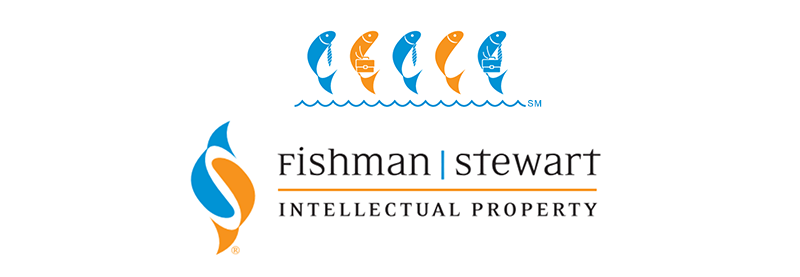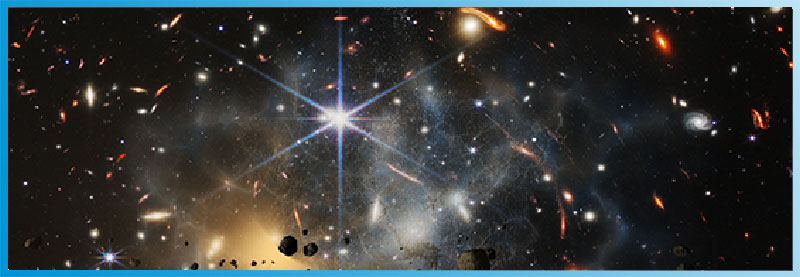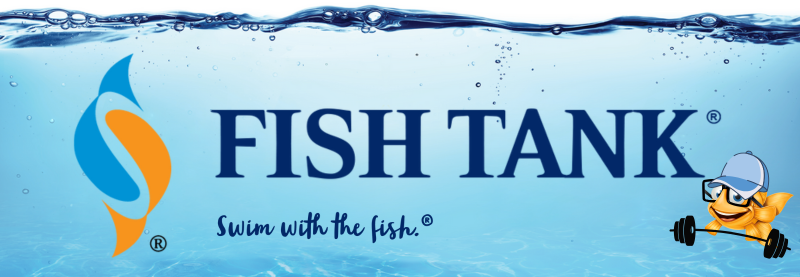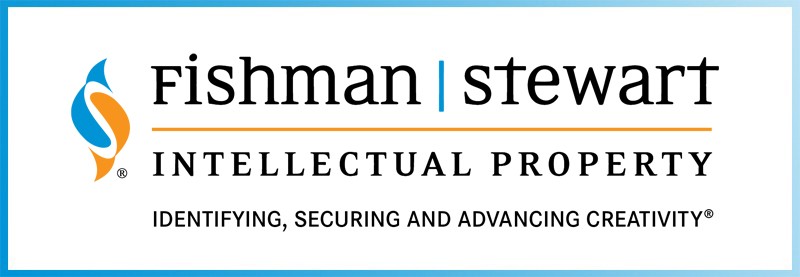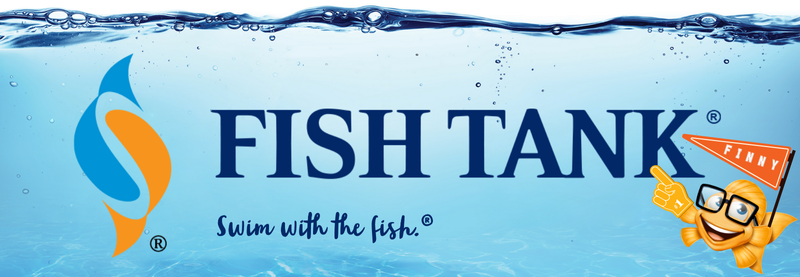Intellectual Property Insights from Fishman Stewart
Mini Article – Volume 22, Issue 16
Share on Social
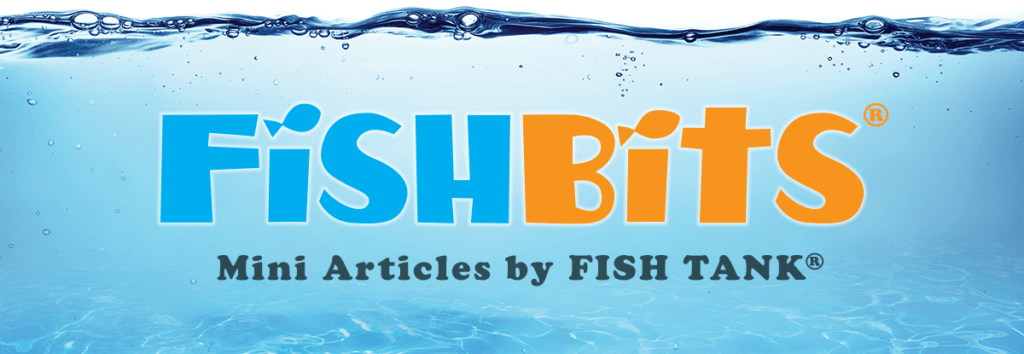
James Webb Space Telescope Images Released to the Public and to the Public Domain
By Kristyn Webb
On July 12, 2022, the world was collectively wowed by the stunning images sent back to Earth by the James Webb* Space Telescope. NASA, in partnership with the European Space Agency (ESA) and the Canadian Space Agency (CSA), built and launched the $10 billion infrared telescope as a successor to the aging Hubble Space Telescope, launched in 1990. The James Webb Space Telescope is about a hundred times more sensitive than the Hubble Space Telescope, and the improvements can clearly be seen in the side-by-side images of the SMACS 0723 galaxy field which is roughly 4.6 billion light-years from Earth:
HUBBEL: JAMES WEBB: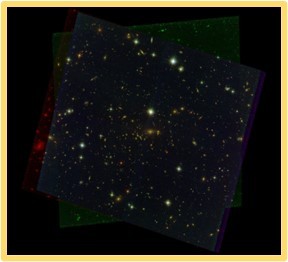
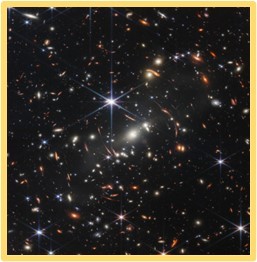
Credit: ESA/Hubble Credit: NASA, ESA, CSA, and STScI
For scale, the slice of heaven depicted in each of these images is about the size of a grain of sand held at arm’s length.
Almost as amazing as the images, was the quantity of products bearing these images that flooded online marketplaces. Within hours of the first images being released, they were put onto fanny packs, sweatshirts, posters, travel mugs, and the like. Enterprising merchants swiftly capitalized on the news coverage and the public interest that the images generated. For each celestial body that can be seen in the James Webb image above, there are least a dozen online retailers selling products bearing the same image.
This merchandizing free-for-all is made possible by the fact that the images from the James Webb telescope reside in the public domain. Subject to a few exceptions, under U.S. copyright law, works created by the federal government and its agencies are copyright-free. This means that anyone is free to copy, publish, distribute, adapt, and otherwise use the works.
Some of the products also depicted one or more of NASA’s logos. Unlike the public domain images, which are free for anyone to use, permission is required to use NASA’s name or logos on products and advertisements for goods and services.
In fact, NASA’s logos are protected by two federal statutes. One statute prohibits the use of NASA’s name, initials, or logos from use that would suggest NASA’s affiliation or endorsement of a product or service. The other statute criminalizes any use of the agency’s “insignia,” except as permitted by government regulations. NASA’s regulations permit use of its name and logos on a case-by-case basis and the agency publishes its merchandising guidelines on its website. To foster public support, NASA regularly partners with various private companies to produce NASA-branded merchandise such as bags, t-shirts, and hats.
So, if you are looking to start up your own line of swag featuring the James Webb images, have at it. But, read the fine print if you plan to use NASA’s name or logos, so you don’t commit a federal crime.
*The James Webb telescope was named in honor of former NASA administrator James Edwin Webb (no relation to this author) who oversaw the Apollo program.
Kristyn C. Webb is an associate attorney at Fishman Stewart and works in the firm’s trademark, copyright, and litigation practice groups. She is currently seeking a post graduate law degree in UK, EU, and US Copyright Law at King’s College London. Check out her full bio here.
Published August 11, 2022
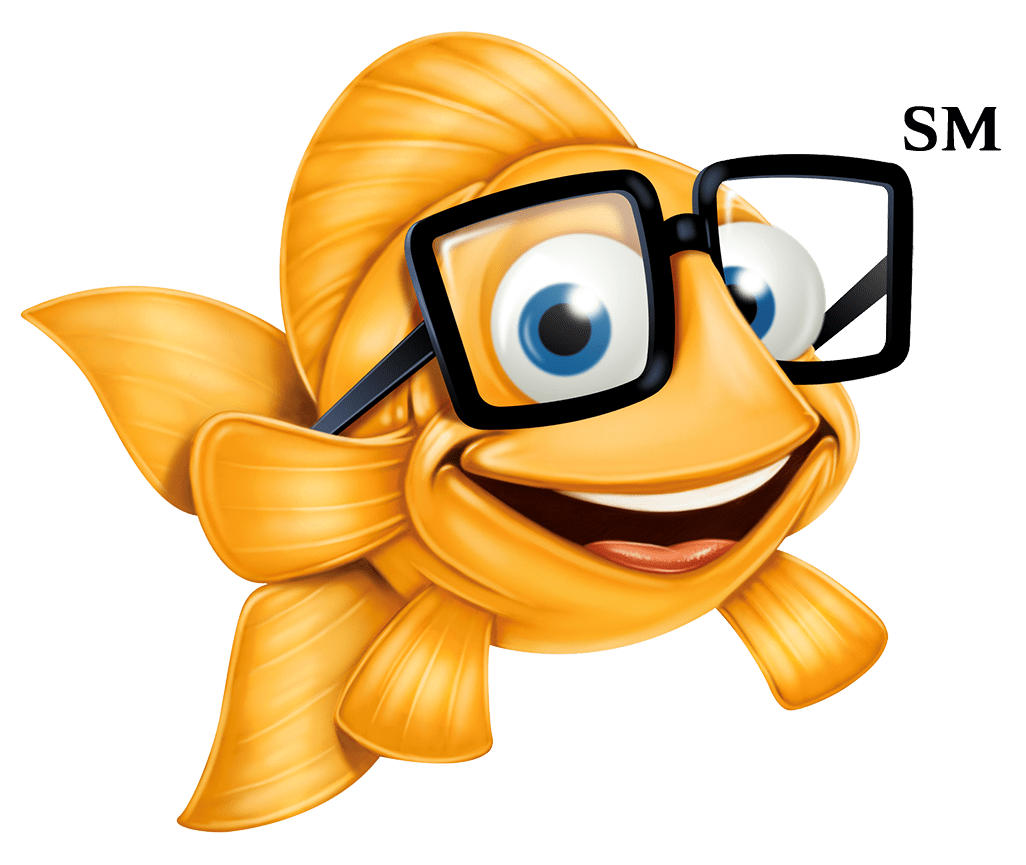

Related Content from Fishman Stewart
By 1930, efforts began in New York to replace Mother's Day with Parent's Day because men were more than just breadwinners. Those efforts didn't catch on, probably because in that era, women often spent more time in the home.
In February, Nike and Skims announced that they will be working together on a new brand, NikeSkims. The co-brand will create a new line of training apparel, footwear, and accessories specifically designed to meet the unique needs of women athletes.
Generally, federal courts have exclusive jurisdiction over copyright cases, and often, this presents an insurmountable paywall for individual artists and small businesses to vindicate their rights, especially where the value of the individual copyrighted works are relatively low.
Dedicated to raising public awareness about the importance of encouraging innovation and creativity throughout the world, the World Intellectual Property Organization (WIPO) annually observes World Intellectual Property Day on April 26 to showcase the role that patents, trademarks, industrial designs, copyrights and trade secrets play in our everyday lives.
Hold onto your foam fingers, sports fans – college sports just got a whole lot more interesting! The latest updates to Name, Image, and Likeness (NIL) rules are making student-athletes bigger than ever, and it’s not just about the game anymore.
Did a federal court in Louisiana recently decide that US copyrights are global rights? It seems so.
One of his most famous songs, “Lose Yourself” was recently at the center of a lawsuit. In 2019, Eminem’s publishing company Eight Mile Style sued Spotify claiming that Spotify streamed a number of its musical compositions without proper licenses.
One of the most common challenges is whether AI should be free to train on data that is protected by copyright and owned by third parties without first obtaining permission.
The U.S. Copyright Office (USCO) recently published its latest report on AI and “copyrightability.” In short, the USCO considers only some AI-generated works to be sufficiently creative as to deserve copyright protection, and thus, registration.
Back in the 1940’s assignments by independent contractors could be permanent and irrevocable. Things changed in 1976, when Congress overhauled the Copyright Act.
IDENTIFYING, SECURING AND ADVANCING CREATIVITY®
